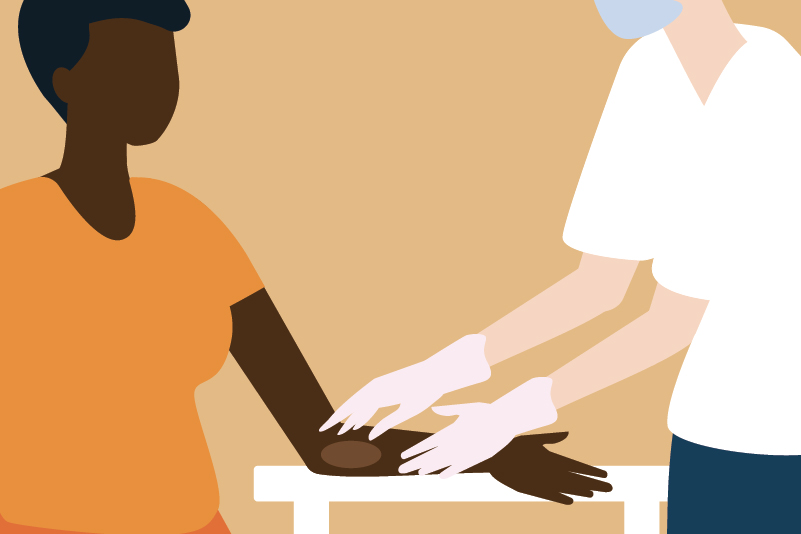#173 Acid, freeze, or duct tape: What works best for common warts?

Reading Tools for Practice Article can earn you MainPro+ Credits
Join NowAlready a CFPCLearn Member? Log in
- Highest-quality primary care Randomized Controlled Trial (RCT):1 240 children and adults, new warts, cryotherapy (2-10 seconds via cotton applicator three times every two weeks), daily 40% salicylic acid (SA), or no treatment. Cure at 13 weeks:
- All warts: Cryotherapy 39%, SA 24%, no treatment 16%.
- Versus no treatment: SA Number Needed to Treat (NNT)=13, cryotherapy NNT=5.
- Plantar warts: Cryotherapy 30%, SA 33%, no treatment 23% (none statistically significant):
- No patient >12 years old had spontaneous resolution of plantar warts.
- Other outcomes cryotherapy versus SA:
- Patient satisfaction: 69% versus 24%, NNT=3.
- Adverse effects:
- Pain: 81% versus 12%, Number Needed to Harm (NNH)=2.
- Blistering: 51% versus 9%, NNH=3.
- All warts: Cryotherapy 39%, SA 24%, no treatment 16%.
- High quality primary/secondary care RCT:2 229 patients >12 years old, mostly recalcitrant plantar warts (median duration >1 year), randomized to cryotherapy (~10 seconds via spray or probe, every 2-3 weeks) or daily 50% SA. At 12 weeks, cryotherapy versus SA:
- Cure: No difference (both 14%).
- Patient satisfaction: 62% versus 41% SA, NNT=5.
- Blistering: 2% versus 0.
- Systematic review of RCTs.3
- Limitations: Small heterogeneous studies, incomplete reporting, high risk of bias
- Cryotherapy not significantly better than placebo (three RCTs, 227 patients) but equivalent to SA (four RCTs, 707 patients) which is superior to placebo with NNT=6, (six RCTs, 486 patients)
- Duct tape: Inconsistent RCT findings.4-6
- Cure: 17% versus 12% placebo (not statistically significant).
- Limitations: Short follow-up (six weeks),4 added clear duct tape to moleskin5 and no evidence of blinding or intention-to-treat.6
- Warts affect up to 1/3 of school-aged children7
- Transmission appears increased:
- When family member or classmates have warts.8
- With communal shower use (plantar warts).9
- Transmission appears increased:
- Spontaneous resolution occurs in ~50% at ~1 year10 and appears greater in:
- Younger children.1,10
- Non-plantar warts.1






